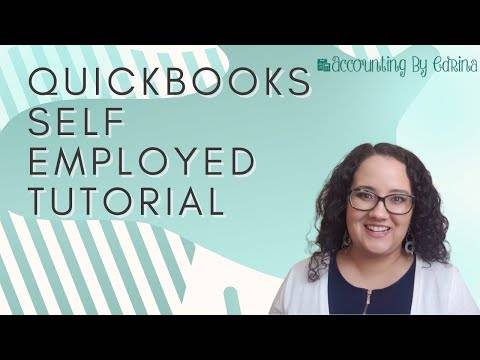
Businesses must file a number of forms to pay payroll liabilities. As your business grows, you may offer benefit plans to motivate employees. Workers can choose to voluntarily withhold payroll dollars to fund benefit plans.

Also, the software calculate workers compensation insurance for part-time salary employees as they work full-time even it clearly showing specific amount of hours worked per week. It is ridiculous that payroll taxes cannot be adjusted in the online but you can in desktop. The state adjusted the unemployment tax in the middle of the quarter so the taxes due were lower than what is in Quickbooks. Now it is telling me I am late, I will owe penalties and I cannot adjust it. This will help you view useful information about your business, payroll taxes, and employees.
Step 1: Open the Payroll Summary Report
When all the steps given above are completed, you can make the liability adjustment in QuickBooks Online without any trouble. If you have any follow-up questions about correcting payroll records in QuickBooks, please feel free to ask. Additionally, you can print your paystubs in QuickBooks Online Payroll. This way, you can ensure that your employees receive professional-looking copies of their paychecks every pay period.
That’s why we go above and beyond to provide exceptional service to ensure that your check and bank register balances are correct as soon as possible. Running a one-time payroll with specific dollar amount withholdings isn’t available in QuickBooks. You can create a payroll item from your employee’s profile to post the insurance accordingly. Ensure that the information and the tax tracking type are accurately entered and aligned with the guidelines provided by the IRS for Box 14 entries. Also, these are the things such as withheld state disability insurance taxes, union dues, nontaxable income, educational assistance payments, etc. In this article, we will guide you through the steps to what is financial accounting Online, providing you with two options to choose from.
W-2 and local tax
Is there some way I can contact maybe support that is specifically in payroll who can walk me through the steps? I’ve gotten some conflicting info and really don’t want to mess this up. Learn how to locate and delete liability payments made in QuickBooks Desktop Payroll using the Write Checks rather than Pay Liabilities option. Following these simple steps should fix your liability check for good. If you are unable to perform the above steps on your own, you can get in touch with Intuit experts team to assist you with the step-by-step procedure. The process begins with finding the payroll discrepancies with the following steps.
Take control of your payroll liabilities in QuickBooks Online and enjoy the peace of mind that comes with accurate financial record-keeping. With the ability to make adjustments when needed, you can maintain the financial health of your business and confidently navigate the payroll landscape. Since you’re using a different payroll provider in handling your taxes, I’d recommend reaching out to them to correct your liabilities. They are the ones who can create an adjustment to correct your taxes.
one-time payroll with specific dollar amount withholdings
Help button at the top-right corner and select Contact Us to talk with a live agent. Ensure to review their support hours to know when agents are available. They didn’t understand what I was talking about at first and then once (I think) they figured it out, they said they didn’t know how to fix it. I too have an issue to where an overpayment was made on the state site so I want to adjust the payment in QB to be the actual payment made not what was due. Did you ever get a response from QB regarding this question? I have the same type of issue and need to adjust liabilities for unemployment tax.
- You can generate payroll liability reports or review the individual liabilities in your Chart of Accounts to confirm that the adjustments have been applied correctly.
- Liability adjustments for payroll in QuickBooks Online are required for multiple reasons.
- Since you’re using a different payroll provider in handling your taxes, I’d recommend reaching out to them to correct your liabilities.
- You’ll want to enter those prior tax payments since you’ve already paid the.
- Accuracy and transparency are key to building strong relationships with our customers, and we’re committed to delivering the highest level of service possible.
Hello, As I expected, nobody contacted me back from tech. QBO payroll tax support is useless and the software has too many glitches. I have called numerous times to tech support and they still have not fixed issue with FUTA taxation.
Option 2: Change the expense account and amount in Pay Liabilities:
Therefore I do not see any adjustments that need to be made. We hope this article has guided and assisted you in resolving the problem of ‘How To Fix Pay And Adjust Payroll Liabilities In QuickBooks? ’ Are you trying to adjust payroll liabilities in QuickBooks but having no luck so far? So, contact our experts, and they will walk you through the process of adjusting payroll liabilities in QuickBooks. A payroll liabilities adjustment will result in a permanent change to your company file, so it is crucial to make a backup so that you have a copy of your current file in case you need it later.





